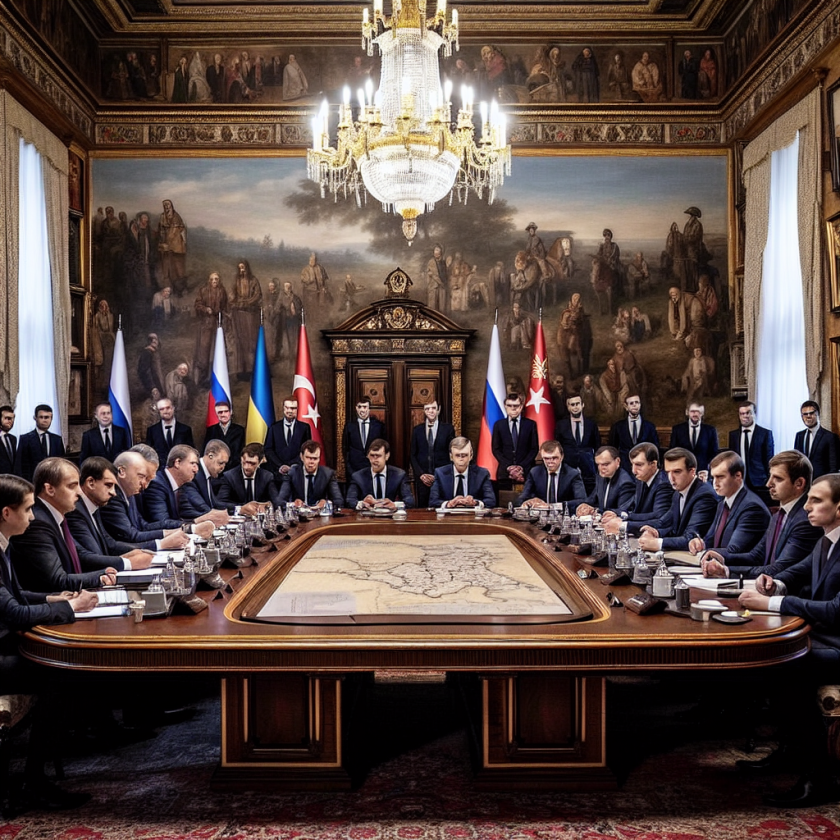Looming 26% Trump Tariff Spurs Urgent India Trade Deal Talks
Looming 26% Trump Tariff Spurs Urgent India Trade Deal Talks
Background
The potential imposition of a 26% tariff by the Trump administration on Indian goods has accelerated trade negotiations between the United States and India. This development has prompted both nations to engage in urgent discussions to mitigate the economic impact and strengthen bilateral trade relations.
Key Drivers of the Tariff
- Trade Imbalance: The U.S. aims to address the trade deficit with India, which has been a longstanding concern.
- Domestic Protectionism: The tariff is part of broader protectionist measures to support U.S. industries.
- Geopolitical Strategy: The tariff could be a strategic move to leverage negotiations on other geopolitical issues.
Implications for India
The proposed tariff poses significant challenges for India, potentially affecting its export-driven sectors. Key industries such as textiles, automotive, and technology could face increased costs, impacting their competitiveness in the U.S. market.
Urgency in Trade Negotiations
In response to the looming tariff, India is prioritizing trade talks with the U.S. to seek exemptions or reductions. The discussions aim to find a mutually beneficial solution that addresses U.S. concerns while safeguarding India’s economic interests.
Potential Outcomes
- Trade Agreement: A successful negotiation could lead to a new trade agreement, enhancing economic ties.
- Tariff Adjustments: Possible adjustments or phased implementation of tariffs to ease the transition for Indian exporters.
- Strengthened Relations: Improved diplomatic and economic relations between the two nations.
Conclusion
The looming 26% Trump tariff has catalyzed urgent trade negotiations between the U.S. and India. Both nations are working towards a resolution that addresses trade imbalances while fostering stronger economic ties. The outcome of these talks could significantly impact bilateral relations and the global trade landscape.







































